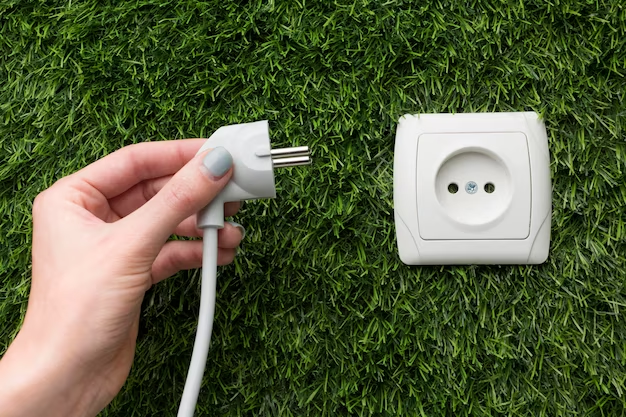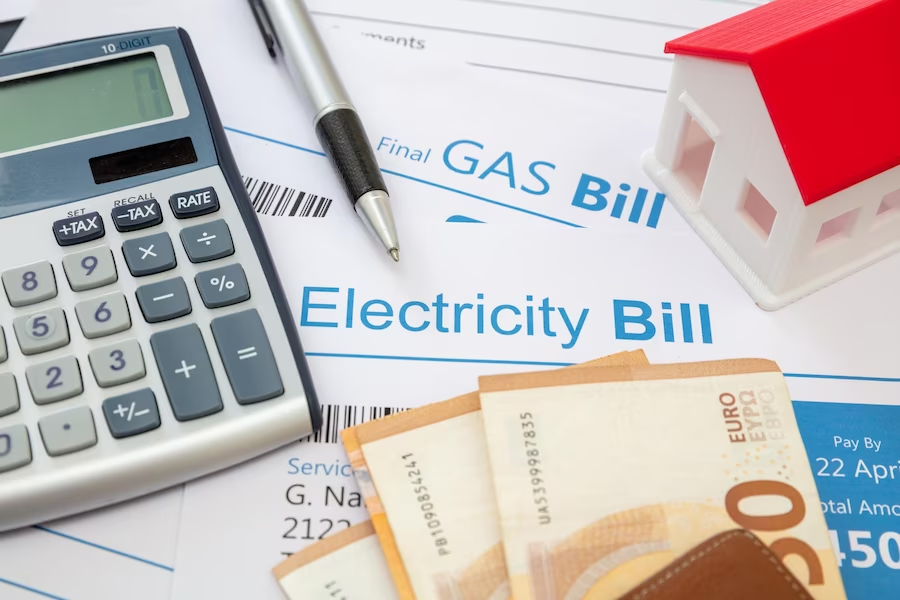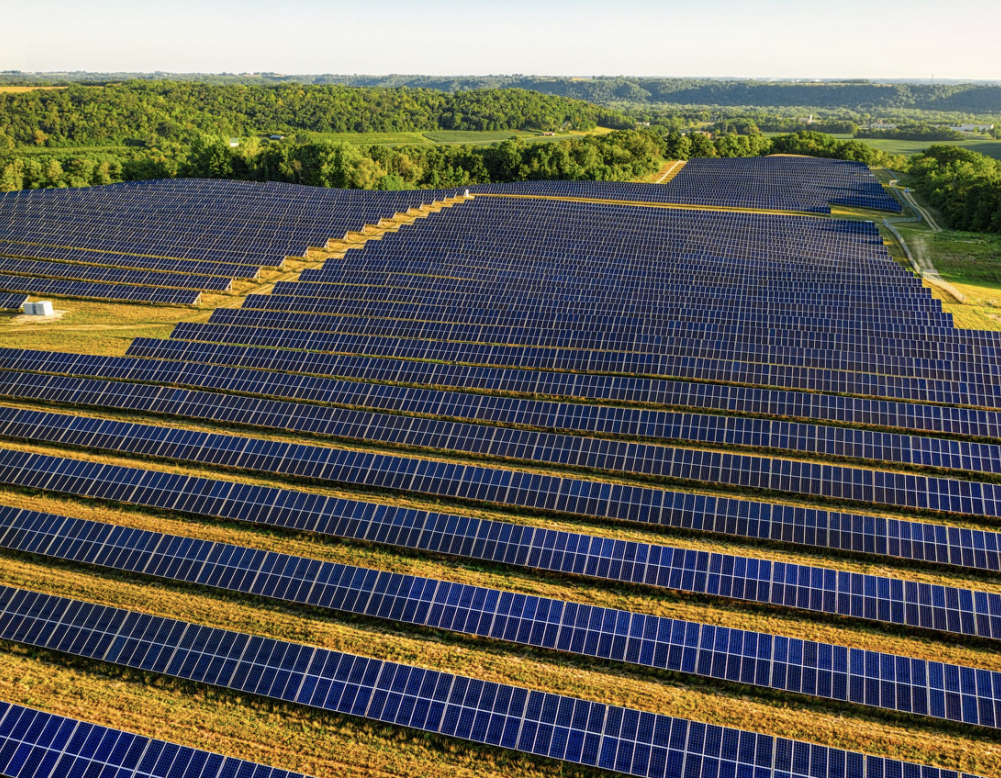Understanding the costs that come with running a home is crucial in budgeting and financial planning. The electric bill, one of the major household expenses, plays a critical role in this understanding. This article presents an in-depth examination of the average electric bill for a 3-bedroom house.
Geographical Variations in Electricity Bills
Electricity costs are not homogeneous across the globe or even within countries. In the United States, for instance, the U.S. Energy Information Administration (EIA) reported significant variations in the average electricity cost per kWh in 2022, ranging from 9.65 cents in Louisiana to 33.53 cents in Hawaii. This section dissects the geographical variations in electricity bills, taking into account a few representative locations.
Northeast
The Northeastern region of the United States is characterized by cold winters and relatively mild summers. This climate pattern has a significant impact on residents’ electricity consumption, as heating becomes a primary necessity during the winter months. To understand the energy usage better, we can break down the information into a table:
| Climate | Electricity Usage | Monthly Bill |
|---|---|---|
| Cold Winters | Higher electricity consumption | $120 to $150 |
| Mild Summers | Moderate electricity usage |
During the colder months, households in the Northeast heavily rely on electricity to power various heating systems, such as electric heaters, heat pumps, and furnaces. As a result, electricity consumption surges, leading to an increase in monthly bills. The average monthly electricity bill for a 3-bedroom house in this region falls within the range of $120 to $150.
Several factors contribute to these costs:
- Energy Production Methods: The Northeastern states predominantly rely on a combination of energy sources, including nuclear, natural gas, and renewable energy. While renewable sources contribute to a cleaner energy mix, nuclear and natural gas power plants remain crucial for meeting the region’s high energy demands, especially during peak winter periods;
- Population Density: The Northeast is one of the most densely populated regions in the country. The high concentration of residents in urban areas drives up electricity consumption, as more households and businesses require power for daily operations and heating;
- Regulatory Frameworks: The region’s energy costs are also influenced by local regulations and policies. Some states have implemented incentives for adopting energy-efficient technologies, which can help reduce electricity bills in the long term. Conversely, certain regulations may lead to higher costs for electricity generation and distribution, affecting the final consumer prices.
Midwest
The Midwest region of the United States experiences a diverse climate, characterized by hot summers and cold winters. As a result, households in this region heavily rely on their heating, ventilation, and air conditioning (HVAC) systems throughout the year. This consistent use of HVAC systems contributes significantly to their energy consumption, leading to a range of monthly electricity bills for a 3-bedroom house, as shown in the table below:
| Climate | Electricity Usage | Monthly Bill |
|---|---|---|
| Hot Summers | Increased HVAC consumption | $90 to $120 |
| Cold Winters | Continued HVAC usage |
During the hot summer months, residents in the Midwest rely on air conditioning systems to maintain comfortable indoor temperatures. This leads to an increase in electricity consumption, reflected in higher bills during this period. Similarly, during the cold winter months, households heavily depend on heating systems to keep their homes warm, which further contributes to their electricity usage.
To better understand the factors influencing electricity costs in the Midwest, let’s explore some key points:
- HVAC Usage: HVAC systems, including air conditioners and heaters, play a vital role in the region’s electricity consumption. Residents often run these systems consistently throughout the year, leading to higher energy usage;
- Energy Efficiency: The Midwest has made efforts to promote energy efficiency and renewable energy sources. Many households have adopted energy-efficient appliances and insulation measures to minimize electricity consumption and reduce their monthly bills;
- Energy Sources: The region’s electricity generation mix includes coal, natural gas, nuclear, and an increasing share of renewables. The availability and cost of these energy sources can influence electricity prices;
- Population Density: While not as densely populated as the Northeast, the Midwest’s large population still contributes to electricity demand. Urban areas, in particular, have higher concentrations of households and businesses, leading to increased energy consumption;
- Regulatory Policies: Local and state regulations and policies also influence electricity prices in the Midwest. Government initiatives that promote renewable energy and energy efficiency can impact costs for consumers.
South
The southern region of the United States is known for its hot and humid summers, which significantly impact electricity usage. Residents in this region heavily rely on air conditioning systems to combat the sweltering heat, making cooling one of the major contributors to energy consumption. As a result, the average monthly electricity bill for a 3-bedroom house in the South falls within the range of $100 to $130. Let’s delve into the factors that influence electricity costs in the South and how the climate shapes energy usage:
| Climate | Electricity Usage | Monthly Bill |
|---|---|---|
| Hot Summers | Extensive use of air conditioning | $100 to $130 |
| Mild Winters | Moderate electricity usage |
During the hot summer months, the demand for air conditioning skyrockets as residents seek relief from the oppressive heat. This results in a surge in electricity consumption, leading to higher monthly bills. Even during the milder winter months, the Southern climate remains temperate, ensuring a continued need for cooling systems, particularly in regions with warmer temperatures year-round.
Here are some key factors that influence electricity costs in the Southern region:
- Air Conditioning Demand: The primary driver of high electricity usage and bills in the South is the extensive use of air conditioning systems. Due to the prolonged and intense heat during summers, residents rely on cooling to maintain comfortable indoor temperatures;
- Energy Sources: The South predominantly relies on a mix of energy sources, including natural gas, coal, nuclear, and an increasing share of renewables. The availability and cost of these energy sources can impact electricity prices in the region;
- Population Growth: The Southern states have experienced substantial population growth in recent years. This demographic shift has contributed to increased electricity demand as more households and businesses require power;
- Infrastructure: The region’s energy infrastructure plays a crucial role in electricity costs. Investments in modern transmission and distribution systems can help optimize electricity delivery and reduce costs;
- Regulations and Policies: Local and state regulations can influence electricity pricing. Incentives for adopting energy-efficient technologies or renewable energy sources can help offset electricity costs for consumers.
West
The Western region of the United States encompasses a vast and diverse landscape, resulting in varied climates across the area. From coastal regions to mountainous terrains and deserts, the West experiences a wide range of weather conditions that influence electricity usage patterns. The average monthly electricity bill for a 3-bedroom house in the West falls within the range of $110 to $140. Let’s explore how the diverse climates in the West impact energy consumption and contribute to electricity costs:
| Climate | Electricity Usage | Monthly Bill |
|---|---|---|
| Coastal | Moderate electricity usage | $110 to $140 |
| Mountainous | Varied electricity needs | |
| Desert | High cooling demand |
- Coastal Regions: In the coastal areas of the Western region, the climate is relatively mild compared to other parts. Residents here experience moderate electricity usage, as extreme temperatures are less common. Coastal temperatures are often moderated by oceanic influences, resulting in less reliance on heating and cooling systems. As a result, electricity bills in these regions tend to be more stable throughout the year;
- Mountainous Terrain: Mountainous regions in the West experience diverse climates based on their elevation. Higher elevations typically have cooler temperatures, leading to an increased need for heating during winters. On the other hand, lower elevations may have milder climates and may require less heating. The electricity usage in these areas can vary significantly depending on the specific location and its climate conditions;
- Desert Areas: The desert regions in the Western United States face scorching hot summers, leading to a high demand for air conditioning to combat the extreme heat. Cooling becomes a major factor influencing electricity consumption in these areas during the summer months, resulting in higher electricity bills.
Other factors that impact electricity costs in the Western region include:
- Renewable Energy: The West has been a pioneer in adopting renewable energy sources, such as solar and wind power. The availability of abundant sunlight in desert regions has made solar energy particularly popular and has contributed to efforts to reduce electricity costs and carbon emissions;
- Population Density: Urban centers in the Western region have higher population densities, leading to increased electricity demand in these areas;
- Energy Infrastructure: The region’s energy infrastructure and transmission systems play a crucial role in electricity costs. Efficient infrastructure can lead to cost savings and more stable electricity prices;
- Regulatory Policies: Local and state regulations and policies on energy production and consumption can influence electricity pricing in the West. Supportive policies for renewable energy development can impact costs for consumers.
Energy Usage Breakdown

Understanding the distribution of energy usage within a household provides insights into the composition of an electric bill. This breakdown allows homeowners to make informed decisions about where they could cut down on electricity usage. Here’s a detailed breakdown of a typical 3-bedroom house’s energy usage:
- Cooling and Heating (50%): Climate control systems are the most significant energy consumers. This includes central air conditioning, space heaters, furnaces, and electric fans;
- Water Heating (20%): Heating water for showers, laundry, and dishes makes up a significant portion of energy use;
- Appliances and Electronics (15%): This includes everyday items like televisions, computers, washing machines, dryers, and dishwashers;
- Lighting (10%): Lighting fixtures, though improved with energy-saving bulbs, still make up a considerable portion of energy usage;
- Other (5%): This includes miscellaneous items like cooking appliances, refrigeration, and small electrical appliances.
Factors Affecting the Cost of Electricity
Electricity costs are influenced by a variety of factors, including some that homeowners can control and others that they cannot. This section dives into the details of these factors.
- Seasonality: Seasons dramatically affect electricity usage, particularly in regions that experience extreme temperatures. Winter months can drive up heating costs, while summer months can increase cooling costs due to the use of air conditioners. During spring and fall, when the weather is mild, energy usage can significantly drop;
- Efficiency of Appliances: The energy efficiency of appliances can also significantly influence your electricity bill. Older models of appliances are often less energy-efficient than newer ones. Upgrading to Energy Star-rated appliances can lower electricity usage and thus, the cost;
- Energy Provider: Your electricity provider can significantly affect your electricity bill. The operational costs, infrastructure, and electricity sources of energy providers can result in significant variations in costs.
Cost-Saving Tips

Several strategies can help homeowners minimize their electricity usage, translating to lower electric bills. This section provides a detailed list of cost-saving tips.
Investing in Energy-Efficient Appliances
Energy-efficient appliances use less electricity for the same functionality compared to less efficient models. While the upfront cost might be higher, the savings in energy usage can make up for this over the appliance’s lifetime.
Proper Thermostat Regulation
Adjusting your thermostat appropriately for the season can result in substantial savings. For instance, lowering the thermostat in the winter and raising it in the summer can minimize the usage of heating and cooling systems.
Turning Off Unused Appliances
Unused appliances, especially those left on standby mode, can continue to consume electricity. Make sure to switch off appliances when they’re not in use.
Conclusion
Understanding the average electric bill for a 3-bedroom house is a multifaceted issue influenced by factors such as location, usage, and energy efficiency. By carefully considering these aspects and implementing cost-saving measures, homeowners can exert some control over their electricity bills, which can lead to considerable savings over time.
FAQ
This can vary greatly depending on your location and usage. However, based on the EIA’s data, a rough estimate would be $90-$150 per month.
Heating and cooling typically consume the most electricity in a household, accounting for approximately 50% of your total usage.
There are many ways to reduce your electric bill, including investing in energy-efficient appliances, properly regulating your thermostat, and ensuring that appliances are turned off when not in use.








